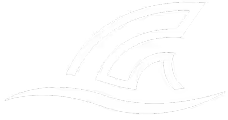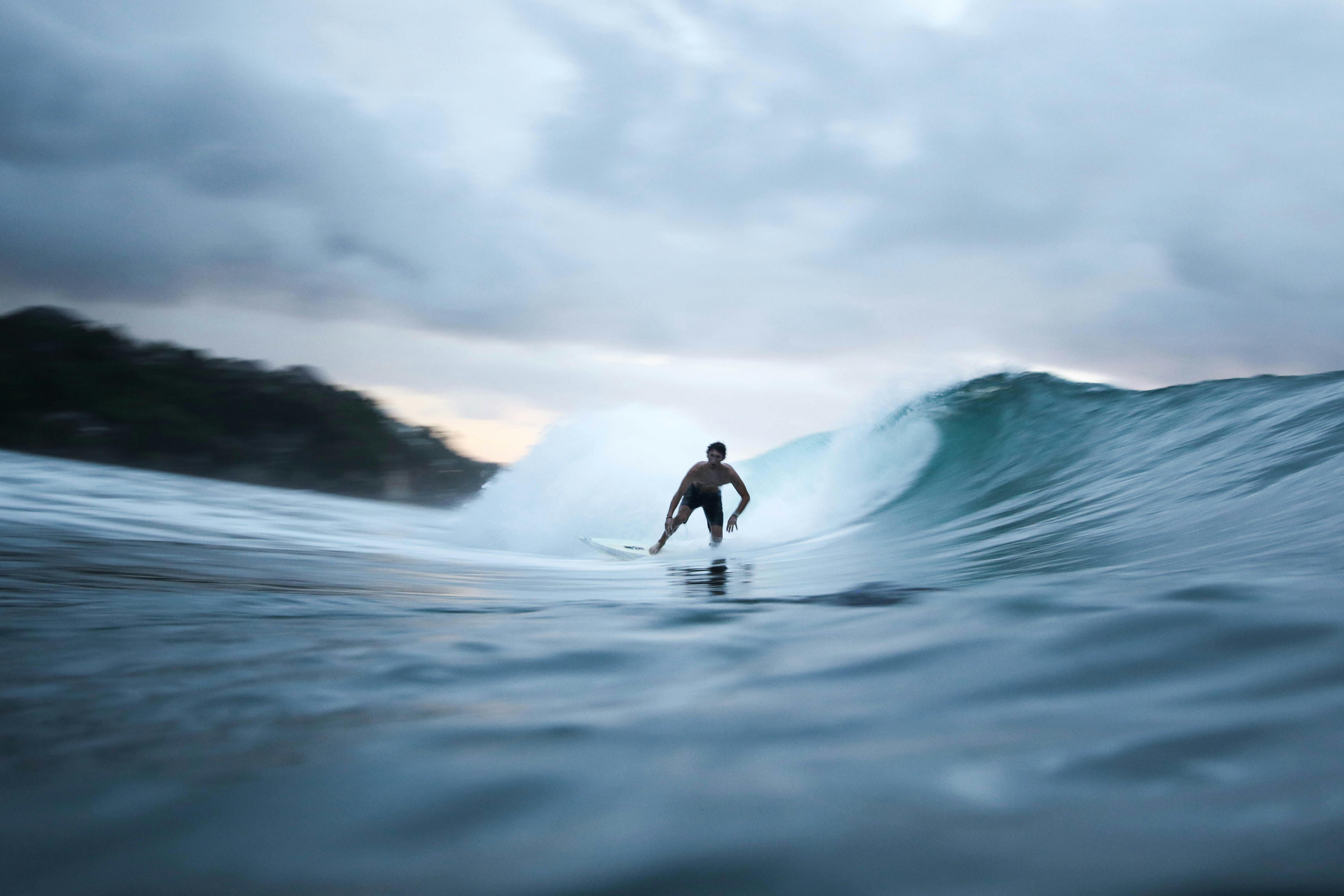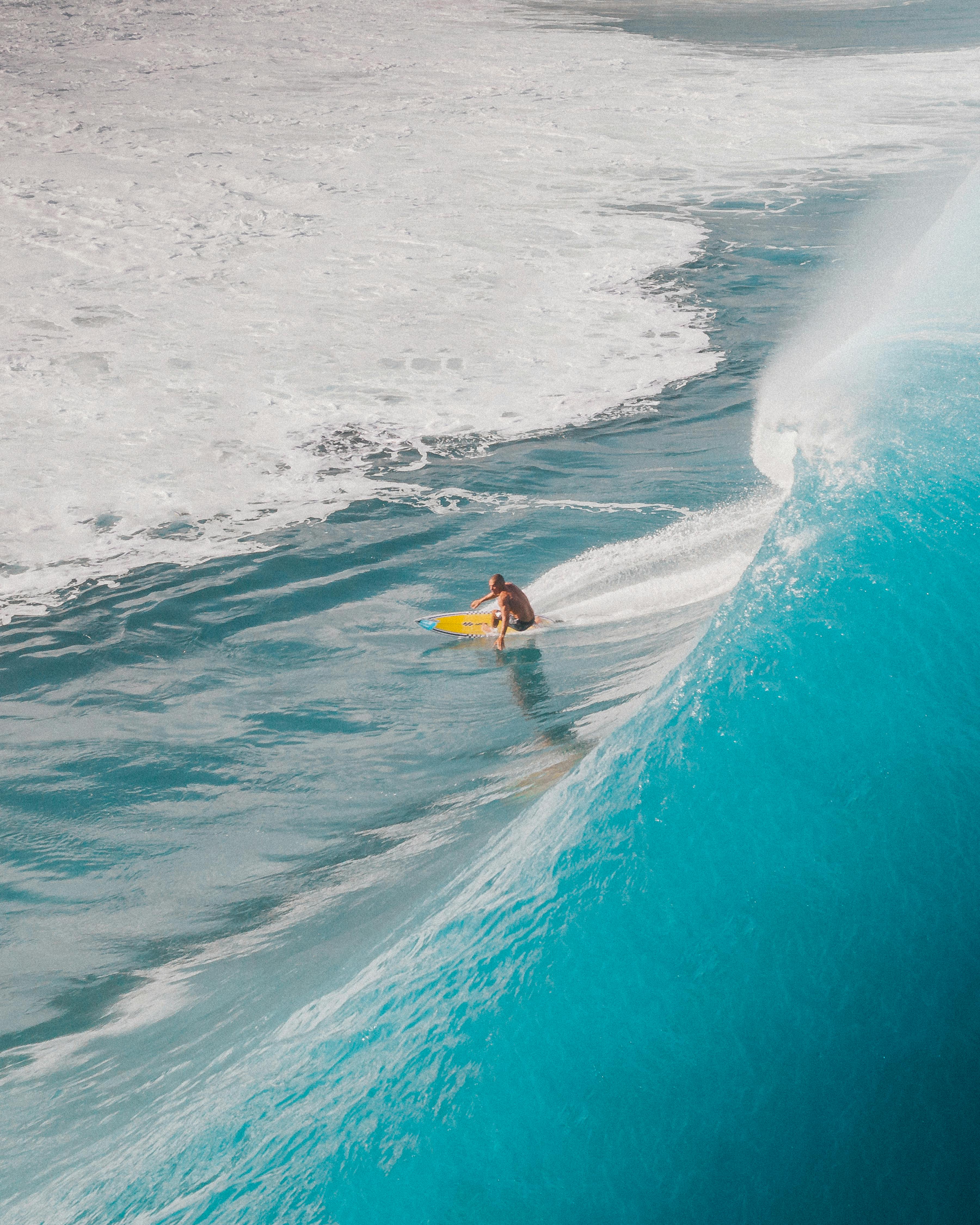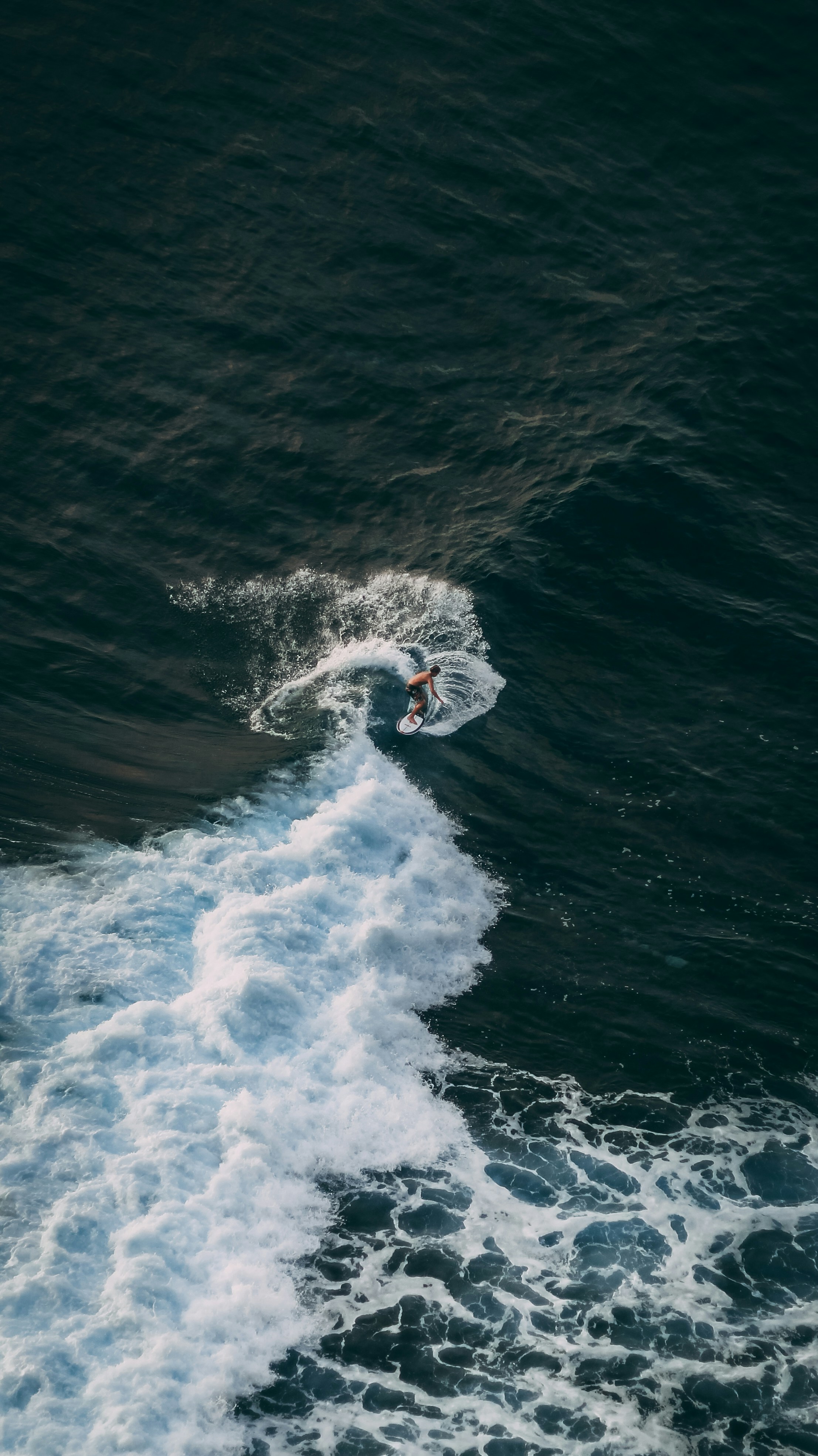Don’t Paddle In After Your Best Wave — Do This Instead
We’ve all done it:
You get one great wave, feel like you’ve “ticked the box,” and paddle in smiling.
But here’s the problem – you might be walking away from the biggest learning opportunity of your session.
Here’s why you should treat that wave as the start of something, not the finish.
1. Good Waves Are Learning Moments
If you’ve just done something new – a better turn, smoother bottom turn, or a section you’ve never hit before – your body and brain are primed to repeat it.
That’s when the movement is freshest and your muscle memory is ready to lock it in.
Heading in right then means you’re throwing away that perfect training window.
2. Cement the Feeling
The best way to make a new movement part of your surfing is to:
- Try it again immediately
- Repeat it until it feels natural
- Make micro-adjustments to refine it
Even two or three more tries can make the difference between a one-off and a repeatable skill.
3. Failure Is Part of the Process
When you try to recreate a good moment, you’ll probably fail a few times – and that’s fine.
Every “miss” teaches you:
- What was different
- What you didn’t do this time
- How to adjust for the next attempt
That’s how you turn one good wave into a habit.
4. Don’t Let Conditions Stop You
Sure, the crowd, wind, or tide might shift. But there’s almost always a way to:
- Get one more on the inside
- Find a similar section
- Adapt the movement to a new part of the wave
If you wait for perfect conditions to practice, you’ll practice less – and progress slower.
5. Make It Fun, Not Work
This isn’t about grinding. It’s about chasing the stoke of doing something you didn’t think you could – and locking it in before it fades.
When you’re buzzing from a breakthrough, keep that energy rolling until you’re satisfied you’ve truly explored it.
How TRAX Helps You Lock in Progress
TRAX shows you:
- Exactly what you did on that breakthrough wave
- How your speed, angles, and weight shifts compared on follow-up attempts
- Which repetitions improved – and which regressed
That means you’re not just hoping you’ve “got it” – you’re tracking the moment it clicks and making sure it sticks.
Related Reading:
→ Frustrated with your surfing? That’s where progress starts — Why the discomfort zone is where growth happens
→ Still surfing like a robot? Here’s how to surf fluidly — How to move with intent instead of stiffness
→ Why surfing rail to rail feels better – and works better — Tap into lift instead of fighting the wave








